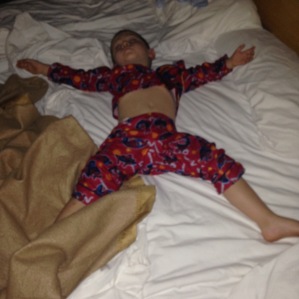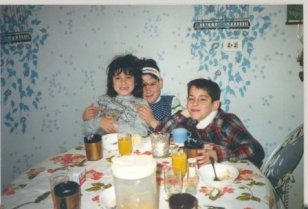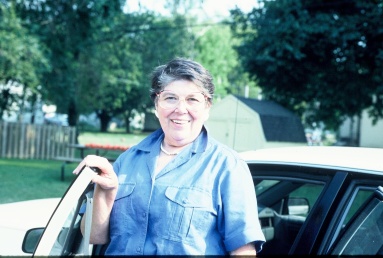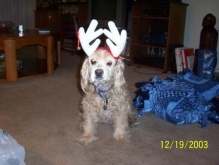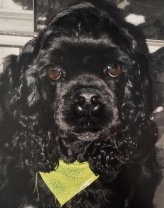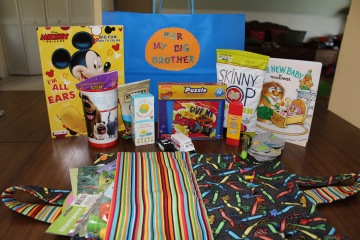In just a short few months, the world as we know it has completely changed. With being advised to social distance ourselves from our family, friends, and strangers, many have felt an enormous amount of frustration, sadness, anxiety, anger, fear and confusion. Being isolated from those we love is hard – really hard – and young children may not understand why all of a sudden they’ve been pulled out of school and now can’t even give their grandparents a hug or have playdates with their friends.
I’ve had anxiety for as long as I can remember. With the recent COVID-19 pandemic, a lot of my general anxiety and fear has been elevated. My only outlet to escape these feelings, other than keeping away from the media, is to focus on what is important to me. Like others, my days are filled with balancing my work-from-home job while ensuring Logan gets his online schooling work completed, and Cameron and Adalynn are engaged enough to not go crazy in the house. I’m exhausted at night but I force myself to stay up a little later so I can read, crochet, work on this blog and fuel my creative spirit.
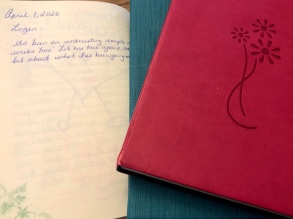
Writing letters to your kids and keeping them in a journal is an excellent way to preserve thoughts and feelings to them on particular experiences.
I’ve thought long about how to document this significant time we are all experiencing so that in 15 or 20 years from now, I can talk to my kids about how life was “back then”. For now I’m doing five things:
- Journaling to my children: I have a journal for each child that I’ve been writing in since each of them was born. I write to them on their birthdays and special holidays, but also at times I feel certain emotions about something in particular that happened, something funny they did or said, or something that I want them to understand one day and reflect on. When the desire hits me, I write and will continue to write in each of them about the effects that COVID-19 has had on our lives, and others.
- Encouraging Logan to keep a journal: Since he’s only 6 right now, his attention for writing long excerpts isn’t there yet. But we did give him a notepad and when he is motivated to, he writes three things he does every day as we social distance/isolate ourselves from our family and friends. Sure they may just consist of him writing down “Trampoline. Watch a movie. Call Grandma.” but I think it’s a great start to teaching him how to document memories of his life.
- Helping Cam and Logan fill out their “Covid-19 time capsule”: This is a fun activity you can do with your kids. Have them fill out the questions and color the pages, then store the completed time capsule in a memory box for them to look back on in the future.
- Educating: When Logan asks about “the virus” I don’t lie to him and tell him we aren’t going to get it, because I don’t know that. I do soften my answers down and educate him on what is happening to help avoid any confusion, fear or anxiety he may be feeling at times, if any.
- Making exceptions to house rules: I’m not talking about easing up on strict rules like not hitting each other or encouraging sharing, but I’ve been more easy-going about bedtimes and our routines during the day. Logan likes to stay up later than usual now and sit on the couch and read a book next to me and write in his journal together. We don’t keep to a strict schedule during the weekday now – other than ensuring Logan gets his online schoolwork done, we all talk about what we want to do during the day and go with the flow.
How are you handling the COVID-19 in yourself and at home? Are you documenting the ways this pandemic has changed you or your life as a way to reflect back on in years to come?

